Do you find yourself in awe of a cartoon artist’s expressive style? Have you ever wondered how they create those unique and alluring visuals that captivate the viewers? Or maybe you have dabbled in drawing cartoons yourself, but want to expand on your knowledge of different types of cartoon drawing styles. No matter why you’re here, we will explore the many varied and lively cartoon stylings available to aspiring artists as well as professional illustrators! With this information, it is hoped that readers get inspired enough to unleash their potential when creating authentic animated pictures. So if you’re ready, let’s dive into learning more about these creative designs right now!
What are the Benefits of Drawing?
Drawing has long been a favorite pastime for many people, from the youngest of children to seasoned professionals. Although it may not appear so at first glance, drawing can offer numerous benefits that are both mental and physical. Indeed, drawing offers various advantages for artists of all ages and skill levels. They cover:
- Enhancement of Problem-Solving Skills: Drawing, when done with purpose, can be a great way to practice problem-solving. This is because as the artist works through an artwork they are often required to come up with creative solutions to issues that arise during the process. [1]
- Promotes Creativity & Imagination: When creating something from scratch, artists must use their imagination to come up with unique ideas and ways of expressing themselves. Drawing is an excellent way to hone these skills, as it requires the artist to explore shapes, textures, and colors in order to create a successful piece of artwork.
- Boosts Self Confidence: As your drawing ability improves, so will your confidence. This is because when you are able to produce something that you are proud of, it can be a great source of personal fulfillment. Furthermore, when you share your artwork with others and get positive feedback it will further boost your self-esteem.
- Stress Relief: Drawing is an excellent way to take a break from the stresses of everyday life. Focusing on creating something beautiful can be very calming and therapeutic.
- Improved Memory & Focus: As drawing requires both the use of memory and focus, it can be an effective tool for improving these skills. Drawing can also help to improve your attention to detail and ability to recall facts and figures.
- Encourages Self Expression: For many people, drawing is one of the best ways to express themselves creatively. It allows them to create something that is unique and can be a great outlet for emotions or ideas.
- Enhances Concentration: Drawing can be a great way to exercise your concentration muscles. As you progress from sketching ideas to developing a finished piece of artwork, the level of focus required increases. This makes drawing an excellent activity for improving and strengthening your concentration skills.
These are just some of the benefits that drawing can offer. By taking the time to explore this creative activity, you may find yourself feeling more confident and inspired. It is also a great way to relax and have fun! So why not give it a try? The rewards could be greater than you think! [2]
Types of Drawing
Drawing is a form of visual expression that uses line, shape, and color to create two-dimensional images on a surface. There are different types of drawing that serve different purposes. Here are some common forms of drawing:
- Figure Drawing – Figure drawing is the practice of creating artworks based on the human figure. It involves rendering the internal body structure and form accurately while creating an aesthetically pleasing artwork. [3]
- Landscape Drawing – Landscape drawing is a representation of the natural environment in art form. It usually involves depicting elements such as trees, mountains, rivers, buildings, and other scenery.
- Portrait Drawing – Portrait drawing is the art of capturing a person in a two-dimensional form. It typically involves capturing the physical features and characteristics of a person, as well as their individual personality and expression.
- Cartoon Drawing – Cartoon drawing is a type of illustration that uses exaggerated figures and expressions to create humorous or entertaining images. It is often used in comic books, advertisements, television shows, and other forms of media.
- Still Life Drawing – Still life drawing is the art of creating images of inanimate objects such as flowers, food, and furniture. It focuses on capturing the shape and texture of these items realistically through a two-dimensional medium.
- Abstract Drawing – Abstract drawing is a form of art that does not represent any specific object or scene. Instead, it uses shapes, colors, and lines to create artwork with a visual impact that evokes emotion in the viewer. [4]
Drawing Tips
Here are some tips that will help you succeed as an artist:
- Develop a drawing routine. Set aside time each day to practice your art and work on different techniques, like shading, perspective, blending colors or highlighting. [5]
- Experiment with different mediums. Try out various types of pencils, pastels or charcoal for sketching; oils, acrylics or watercolors for painting. Working with different materials can help develop your artistic skills and expand your range of expression.
- Use reference materials. Reference photos, live models, or still life objects can help you understand and capture the shapes and forms that make up any given subject. You should also familiarize yourself with the anatomy of whatever it is you’re drawing to better represent its form in your work.
- Study the masters. Great works of art have stood the test of time for a reason; they represent some of the finest examples of composition and technique. Examine old master drawings or paintings to better understand their use of color, brushwork and texture. Apply these learnings in your own work to create a unique style that’s all your own.
- Keep a sketchbook. A sketchbook is a great way to collect your work and document your progress over time. It’s also an important tool for developing composition skills, so be sure to use it regularly throughout your artistic journey.
- Have fun with it! Art should be enjoyable, so don’t take things too seriously. Experiment with new techniques and don’t be afraid to make mistakes; the creative process is all about trial and error. Go forth, make art, and have fun! [6]
What is Cartoon Drawing and Why is it Special?
Cartoon drawing is a form of art that uses humor and exaggeration to create entertaining illustrations. It has become increasingly popular in recent years thanks to its versatility, allowing artists to create unique characters, stories, gags and backgrounds. Cartoon drawing can range from simple doodles to complex comic strips and animations. [7]
The most important part of cartoon drawing is the ability to capture the audience’s attention and make them laugh. Through the use of exaggeration, humor, and witty dialogue, cartoonists can bring to life characters that are both relatable and entertaining. Cartoon drawing also allows artists to create stories with a sense of structure and direction. By developing characters with distinct personalities and goals, cartoonists can take readers on an adventure they won’t soon forget.
Overall, cartoon drawing is an incredible art form that allows for limitless expression. Whether you’re looking for funny stories or unique characters, cartoon drawing is the perfect medium to explore new ideas and express yourself. It’s no wonder why it continues to be a popular art form!
From its versatile nature to its ability to bring laughter and joy, cartoon drawing is a special form of art that deserves recognition for its many attributes. From beginners to experienced artists, anyone can create something special using cartoon drawing. So don’t be afraid to draw that silly character you’ve been thinking of – it just might end up being your next masterpiece! [8]
How to Learn Cartoon Drawing?
If you want to learn how to draw cartoons, there are some basic steps that can help you get started. Drawing cartoons is a creative and fun way to express yourself through art. Here are a few tips for learning cartoon drawing:
- Start by sketching what you want to draw. Using basic shapes like circles, triangles, and rectangles can help you create the foundation of your characters. [9]
- Once you have the initial shape, begin adding details such as facial features, hair styles, clothing designs and accessories to give life to your character. Drawing with a pencil gives you the ability to erase mistakes.
- To bring your cartoon to life, you can use paint or markers. Experiment with different colors and textures to create unique designs. You can be as creative as you like and make it your own.
- Practice makes perfect! Keep sketching and refining your cartoon drawings until you feel satisfied with the result. With enough practice, you will eventually be able to draw cartoons with ease.
- If you want to take it a step further, look into using digital tools such as Photoshop or Procreate to enhance your cartoon drawings and create animations.
- Don’t be afraid to ask for feedback. You can join online forums or art communities to get advice and tips from other cartoonists. With the right guidance and practice, you will be able to create beautiful cartoons in no time! [10]
15 Most Popular Types of Cartoon Drawing Styles
- Anime Drawing – Anime is a popular Japanese-style animation style characterized by its exaggerated, colorful visuals and emotive characters. It’s often used to depict stories with action-packed fight scenes, wild comedy, or romantic moments. Popular anime drawing styles include the classic “manga” look, as well as more modern takes such as Studio Ghibli. [11]
- Manga Drawing – Manga is a popular Japanese comic book style, heavily inspired by anime art styles. The characters in manga are typically drawn with large eyes and expressive facial features, which gives each character a distinct personality and unique appeal. Popular manga drawing styles often feature dynamic action scenes or humorous comedy between characters.
- Disney Cartoon Drawing – Disney cartoon drawing is a classic beloved by many. Its distinct style, with its iconic characters and recognizable world, has held its place in the hearts of children and adults alike for decades. Many Disney cartoons feature warm colors, playful music, and thoughtful storytelling that keeps viewers engaged from start to finish.
- Looney Tunes Drawing – Looney Tunes is a classic animated series featuring Bugs Bunny, Daffy Duck, and other lovable characters. The artwork in Looney Tunes cartoons often features exaggerated facial expressions or comical sound effects to illustrate certain scenes. The visuals are also filled with bright colors and captivating movement that appeals to all ages.
- Comic Book Drawing – Comic book drawing is a style of art created for comic books. It’s used to depict dramatic scenes, vibrant action sequences, and cinematic moments that help tell the story. Popular comic book drawing styles often feature exaggerated figure proportions, dynamic camera angles, and intense coloring techniques to further emphasize certain characters or scenes.
- Graphic Novel Drawing – Graphic novel drawing revolves around storytelling through art. It incorporates dynamic visuals, strong character designs, and powerful shading to create a unique visual experience that readers won’t easily forget. Popular graphic novel drawing styles often feature expressive illustrations with intense detail and colors for maximum impact.
- Cartoony Drawing – Cartoony drawing is an animated style of art that strives to be fun and entertaining for viewers. It’s often characterized by exaggerated body proportions, cartoonish facial expressions, and vibrant colors to bring the characters to life. Popular cartoony drawing styles often feature smooth movement, bright lighting, and creative backgrounds to capture the viewer’s eye.
- Vintage Cartoon Drawing – Vintage cartoon drawing is a classic style of animation that pays homage to the classic era of animation. It often features traditional hand-drawn artwork, limited color palettes, and simple storytelling techniques to create a nostalgic feeling for viewers. Popular vintage cartoon drawing styles include the classic “Disney style” and more modern takes on vintage-inspired art.
- Anthropomorphic Drawing – Anthropomorphic drawing is an animated style that brings animals to life with human-like characteristics. It often features animals dressed in clothing, engaging in conversations, and acting out meaningful stories that viewers can relate to. Popular anthropomorphic drawing styles vary from classic Disney-inspired designs to more contemporary cartoon art.
- Retro Cartoon Drawing – Retro cartoon drawing is a style of art that takes inspiration from the past while still looking to the future. It often features vibrant colors, exaggerated body proportions, and classic cartoon-style sound effects to create an exciting experience for viewers. Popular retro cartoon drawing styles often focus on unique backgrounds and fast-paced action scenes to stand out from other types of art. [12]
- Fantasy Drawing – Fantasy drawing is a type of art that takes the viewer into magical worlds and captivating stories. It often features dreamy landscapes, creative characters, and unique creatures that bring viewers into the story. Popular fantasy drawing styles often incorporate vibrant colors, detailed textures, and exaggerated facial expressions to create a powerful visual experience.
- Surreal Drawing – Surreal drawing is an animated style that strives to push the boundaries of traditional cartoon art. It often features bizarre or dreamlike visuals that challenge viewers to interpret the meaning behind each scene. Popular surreal drawing styles often feature creative use of colors, abstract shapes, and surrealistic elements to create a captivating visual experience.
- Abstract Drawing – Abstract drawing is an animated style that focuses on abstract forms and unconventional representation of ideas. It often features strong lines, vibrant colors, and unique compositions to create a visually stimulating experience for viewers. Popular abstract drawing styles often feature minimalistic designs, geometric shapes, and digital illustrations to capture the viewer’s attention.
- Animated Short Drawing – Animated short drawing is a style of art created for animated shorts or films. It’s used to bring characters and stories to life in a creative and unique way. Popular animated short drawing styles often feature vivid colors, dynamic character designs, and rapid action scenes to capture the viewer’s imagination.
- Motion Graphics Drawing – Motion graphics drawing is a type of art created for motion graphics or videos. It’s used to bring visuals to life with vibrant colors, unique animations, and creative transitions to make the experience more engaging. Popular motion graphics drawing styles often feature vivid color palettes, dynamic camera angles, and fast-paced action sequences to draw in viewers. By combining different types of drawing styles, you can create a unique look and feel for any animation project.
With careful planning, creativity, and hard work, you can achieve stunning results that viewers won’t soon forget. From the bright colors of Looney Tunes to the surreal visuals of abstract art, there are countless possibilities when it comes to creating unforgettable animated experiences. All it takes is a little bit of imagination and creativity! [13]
How Not to Lose Motivation for Drawing?
Drawing is an art form that encourages creativity and self-expression. As creatives, it’s easy to get caught up in our own minds and forget the importance of keeping motivated when it comes to drawing. Whether you are a professional artist or an aspiring artist, here are some tips on how not to lose motivation for drawing. [14]
Create a Schedule
Creating a schedule for yourself is an important way not to lose motivation for drawing. Set realistic goals and timeframes so that you can stay on track with your artwork. Make sure to include deadlines, as this will help you focus and break down the project into manageable tasks. Also, make sure to plan ahead so that you don’t run out of ideas or get overwhelmed.
Take Breaks
It’s important to give yourself time to rest and recharge. Taking a break can help you reset your creative process and refocus. This will also help prevent burnout, which is often the cause of uninspired work. Taking regular breaks can keep your motivation for drawing high.
Set Goals
Setting goals is an effective way to stay motivated for drawing. Identify what you want to achieve and why it matters to you. When creating goals, make sure that they are realistic and achievable in the short-term so that you have something to look forward to and a sense of accomplishment when you reach them. Having tangible, attainable goals for yourself will help keep your motivation high.
Listen to Music
Music has been known to inspire and motivate. Try to find music that appeals to your taste and helps you get in the creative zone. Listening to music while you draw can help break up the monotony of drawing and help keep your motivation levels up.
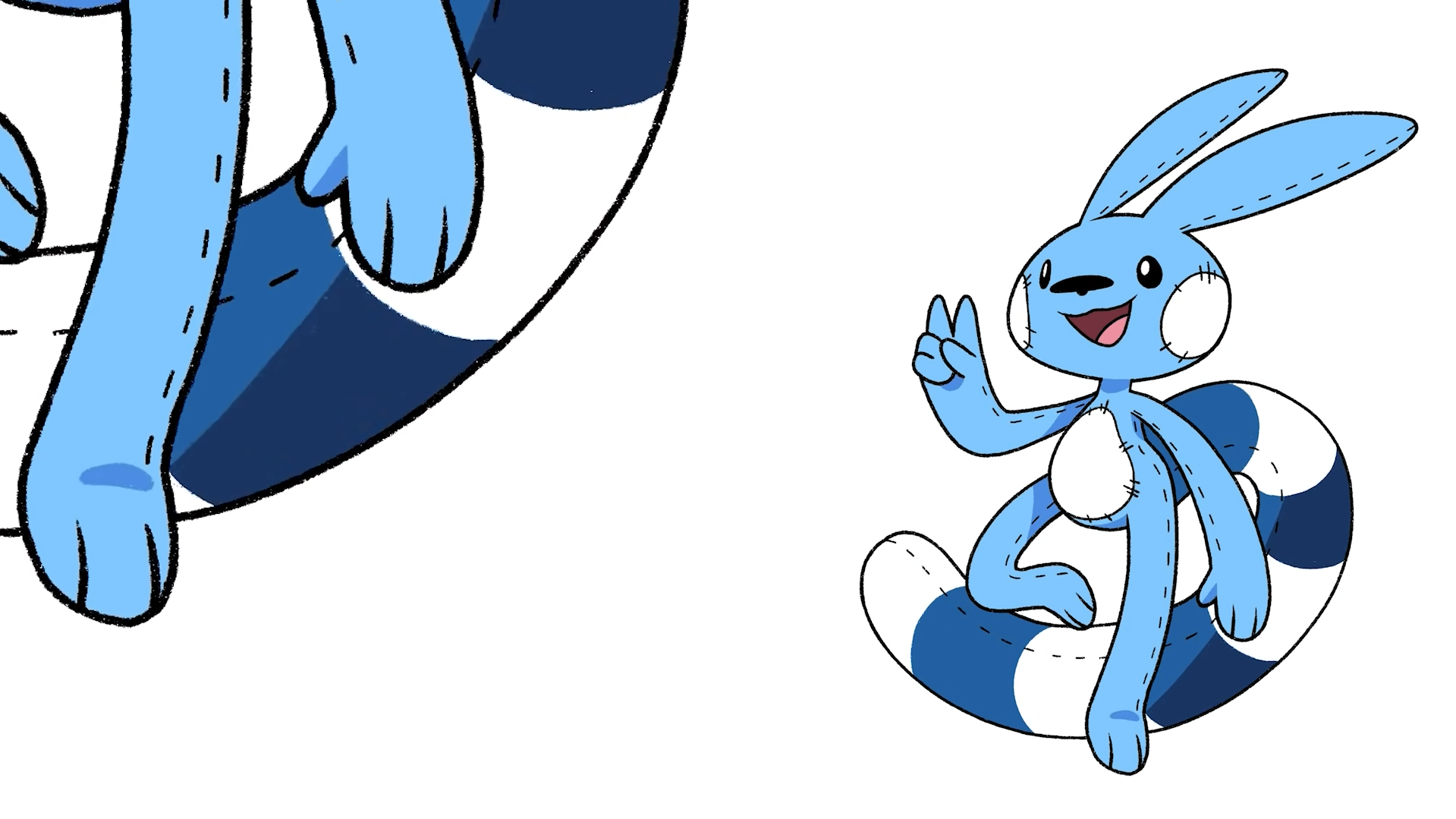
Experiment With New Tools
Using different tools for drawing can be a great way to stay motivated. Whether it’s trying out a new pencil or splurging on an art set, experimenting with different tools can open up your creativity. It’s also fun to find new ways of expressing yourself and reinventing the way you create artwork.
Find Inspiration
It’s easy to get stuck in a creative rut. To keep your motivation levels high for drawing, try to find new sources of inspiration. Look at artwork from different eras and cultures, take a walk in nature or look up interesting images online. Anything that sparks creativity can help keep your motivation for drawing alive!
Connect With Other Artists
Connecting with other artists is an excellent way to stay motivated. Whether it’s through social media or online forums, talking to other creatives can help you stay engaged and get feedback on your work. You can also use these platforms to share ideas and be inspired by others’ artwork.
Reward Yourself
Rewarding yourself after completing a project is an important way not to lose motivation for drawing. Celebrate the little successes along the way, like finishing a sketch or painting. Also, reward yourself for completing bigger projects by treating yourself to something special like a new art supply or a night out with friends. Rewarding yourself will help keep your motivation for drawing alive!
Keep A Visual Record
Keeping a visual record of your artwork can be beneficial when it comes to staying motivated. Having all of your artwork in one place will help you keep track of your progress and stay motivated. You can also look back at your work and see how far you’ve come, which can be encouraging when it comes to staying motivated for drawing.
Don’t Be Too Hard On Yourself
Finally, don’t forget to be kind to yourself! Drawing is an artistic expression of creativity. It’s important to remember that you are not perfect and that everyone makes mistakes. Being too hard on yourself can lead to a lack of motivation, so make sure to give yourself some grace and be proud of your accomplishments. [15]
FAQs
What are 4 types of drawings?
There are four main categories of drawings: technical drawings, artistic drawings, architectural drawings, and engineering drawings.
Technical Drawings are used to convey information about how a product should be manufactured. Technical drawing will often include measurements, materials used, and other specific details related to the manufacturing process.
Artistic Drawings are created for the purpose of art. Artistic drawings can range from traditional sketches to more sophisticated compositions with computer-aided designs (CAD).
Architectural Drawings are used to illustrate the design and layout of buildings or other structures. They often include detailed measurements and specifications related to the construction process.
Engineering Drawings are used in engineering projects. These drawings are used to convey information about how a structure or machine should be made and assembled. Engineering drawings often include specific measurements, materials, and instructions related to the building process.
What are the 7 main techniques in drawing?
The first fundamental technique to learn is gesture drawing. This involves sketching quick, loose lines and shapes to capture the basic movement or posture of a subject. The next is contour drawing which requires more precision than gesture drawing – you’ll focus on capturing the subject’s outline accurately. This is an important skill to master if you want to draw realistic drawings of people or objects. Next, try working on cross-contour drawing – this technique builds upon your basic contours by using lines that follow the form of your subject (think wrinkles in clothing or fur of animals).
Now, move onto blocking in – this involves using basic shapes to create a rough version of your subject. This is especially useful for something like still lifes or landscape drawings. After that comes shading. You can use hatching (lighter and darker lines) or stippling (dots of different sizes) to give your drawing a sense of volume and depth. The last two techniques involve texture and color. Texture is one of the most difficult techniques to master, but it can make a huge difference in your drawings. Learning how to capture different textures realistically – such as fur, fabric, or skin – will really add a level of realism to your drawings.
What is a cartoon drawing?
A cartoon drawing is a form of two-dimensional visual art that utilizes original and creative artwork to express ideas, emotions, and stories. Cartoon drawings often feature exaggerated expressions, dynamic action poses, and vibrant colors to create a unique style of art. This type of art is used in many forms such as comics, animation, posters, advertisements, illustrations for books and magazines, storyboards, video games, and television shows. Cartoon drawings can evoke a wide range of emotions depending on the artist’s goal. For example, cartoons often use humor to reduce tension and create lighthearted moments for viewers. On the other hand, cartoonists may draw more serious pieces that convey powerful messages such as social issues or political satire.
How do I find my cartoon style?
Finding your cartoon style doesn’t have to be a difficult process. The main thing is to look at other cartoons and cartoons that you find inspiring, then try applying those elements to your own work. Experimentation is key when it comes to finding a style, so don’t be afraid to play around with different techniques.
When starting out, remember that the best cartoons use a combination of strong shapes and bold colors, so take some time to experiment with these elements. Consider things like line weights, texture, composition, and scale when creating your cartoon style.
It’s also important to be aware of the current trends in cartooning. Take a look at popular cartoons and films to get an idea of what works well and incorporate some of those ideas into your own work.
Finally, don’t be afraid to take risks and make mistakes. Experimenting and stepping outside of your comfort zone is a great way to find the cartoon style that best reflects you. So grab some paper or open up a drawing program, and get creative! With enough practice, you’ll soon find the style that you’ve been looking for.
Useful Video: 10 ART STYLE CHALLENGE – Cartoon Edition
Conclusion
To wrap up this blog post, it is evident that cartoon drawing styles have been around since the 18th century and still continue to evolve. Whether you are looking to create bold, cartoonish images or realistic, detailed illustrations, there is a type of drawing style available for everyone. From expressive line art to stenciling and shading effects, all types of cartoon drawing styles offer unique approaches to bringing a variety of imaginative ideas to life. So if you’re feeling creative, why not take the plunge and experiment with these different cartoon drawing styles today? Who knows where they will lead you? Unlock your full potential as an artist by embracing all the possibilities available in cartoon art and watch your imagination take off!
References:
- https://www.21-draw.com/11-health-benefits-of-drawing/
- https://artandbonding.com/7-great-benefits-of-painting-drawing/
- https://www.indeed.com/career-advice/career-development/types-of-drawing
- https://mymodernmet.com/drawing-styles/
- https://www.skillshare.com/en/blog/21-quick-drawing-tips-thatll-improve-your-skills/
- https://www.creativebloq.com/illustration/sketching-tips-beginners-81516497
- https://www.toonsmag.com/a-brief-introduction-of-cartoons/
- https://filmora.wondershare.com/animation-tips/cartoon-style-drawing.html
- https://design.tutsplus.com/articles/cartoon-fundamentals-how-to-draw-a-cartoon-face-correctly–vector-15792
- https://www.iamag.co/learn-to-draw-cartoons-the-comic-head-pt-1/
- https://doncorgi.com/blog/types-of-cartoon-drawing-styles/
- https://kartoffelfilms.com/blog/top-animation-styles/
- https://www.yansmedia.com/blog/types-of-animation-styles-and-techniques
- https://doncorgi.com/blog/motivate-yourself-to-draw/
- https://drawingjourney.com/how-i-lost-my-motivation

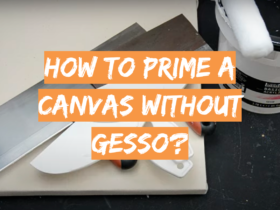



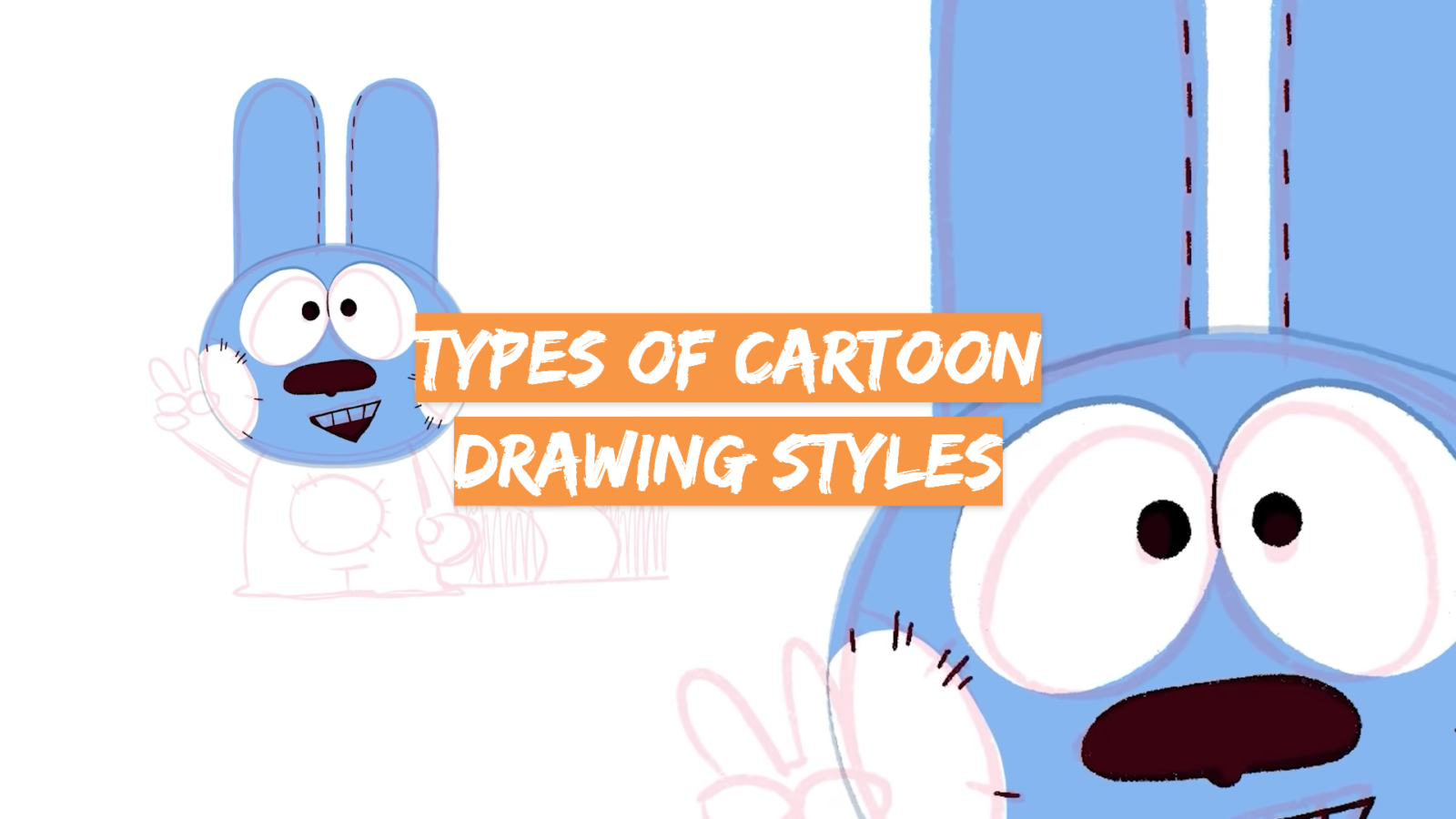
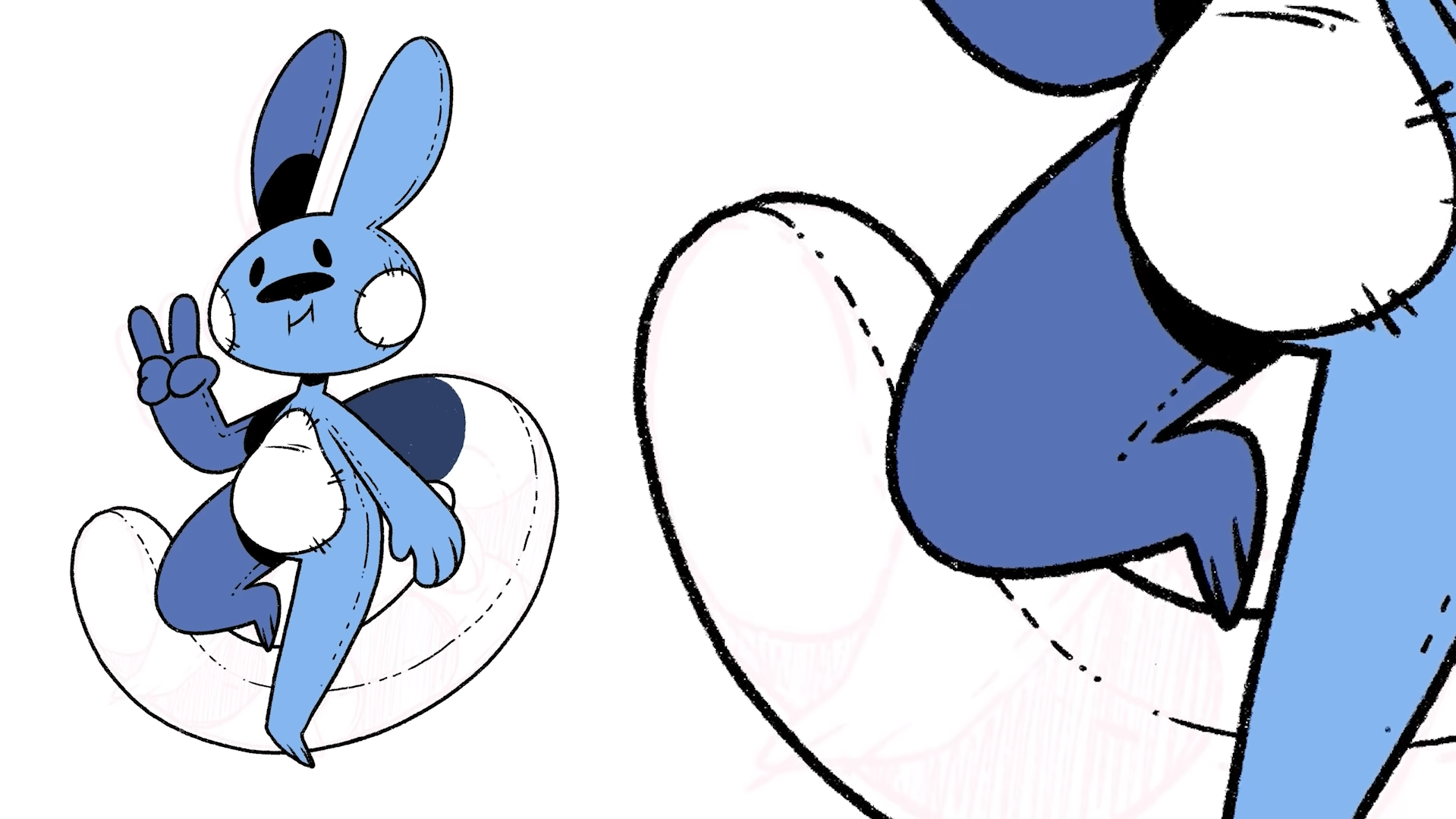
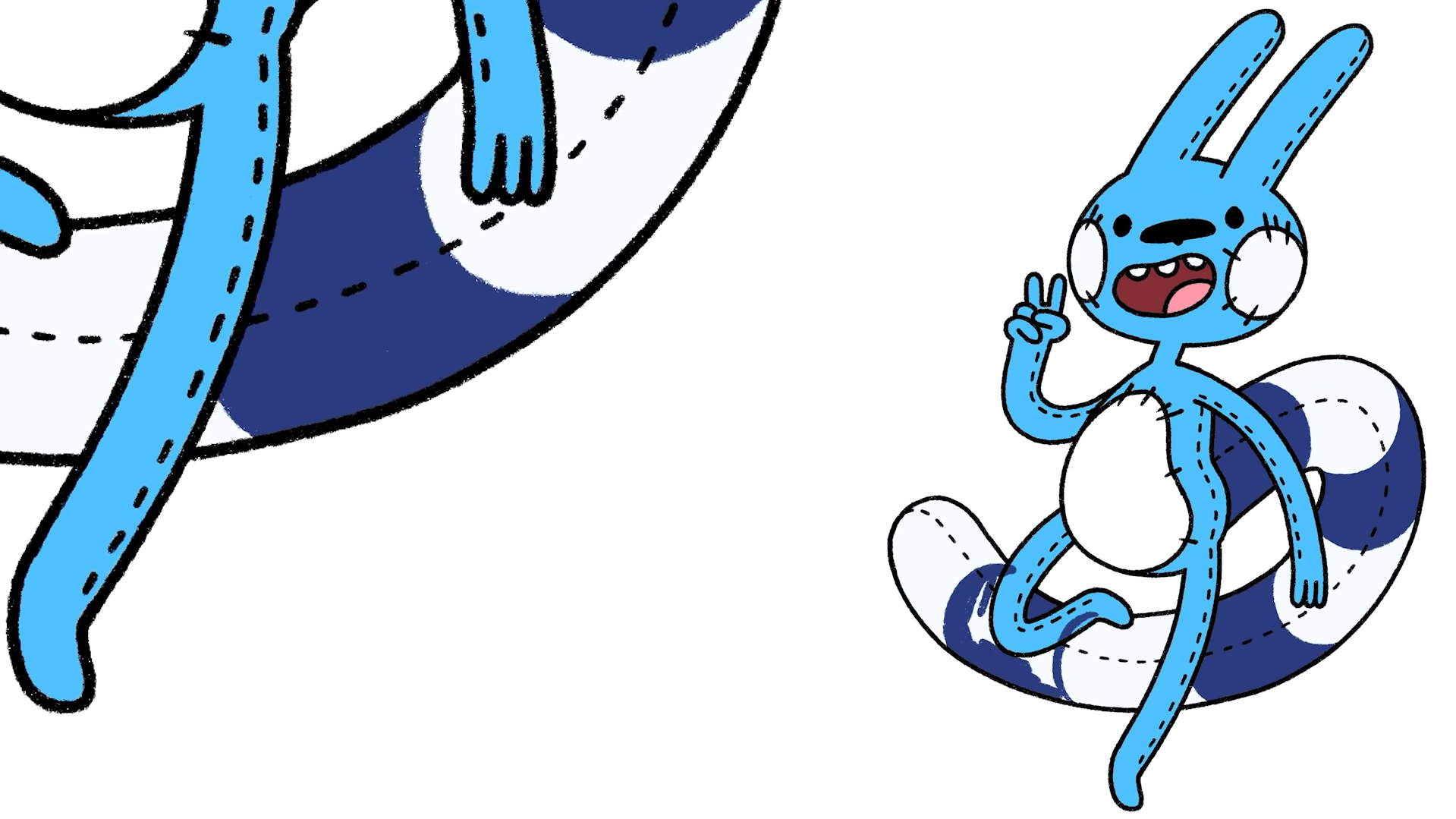

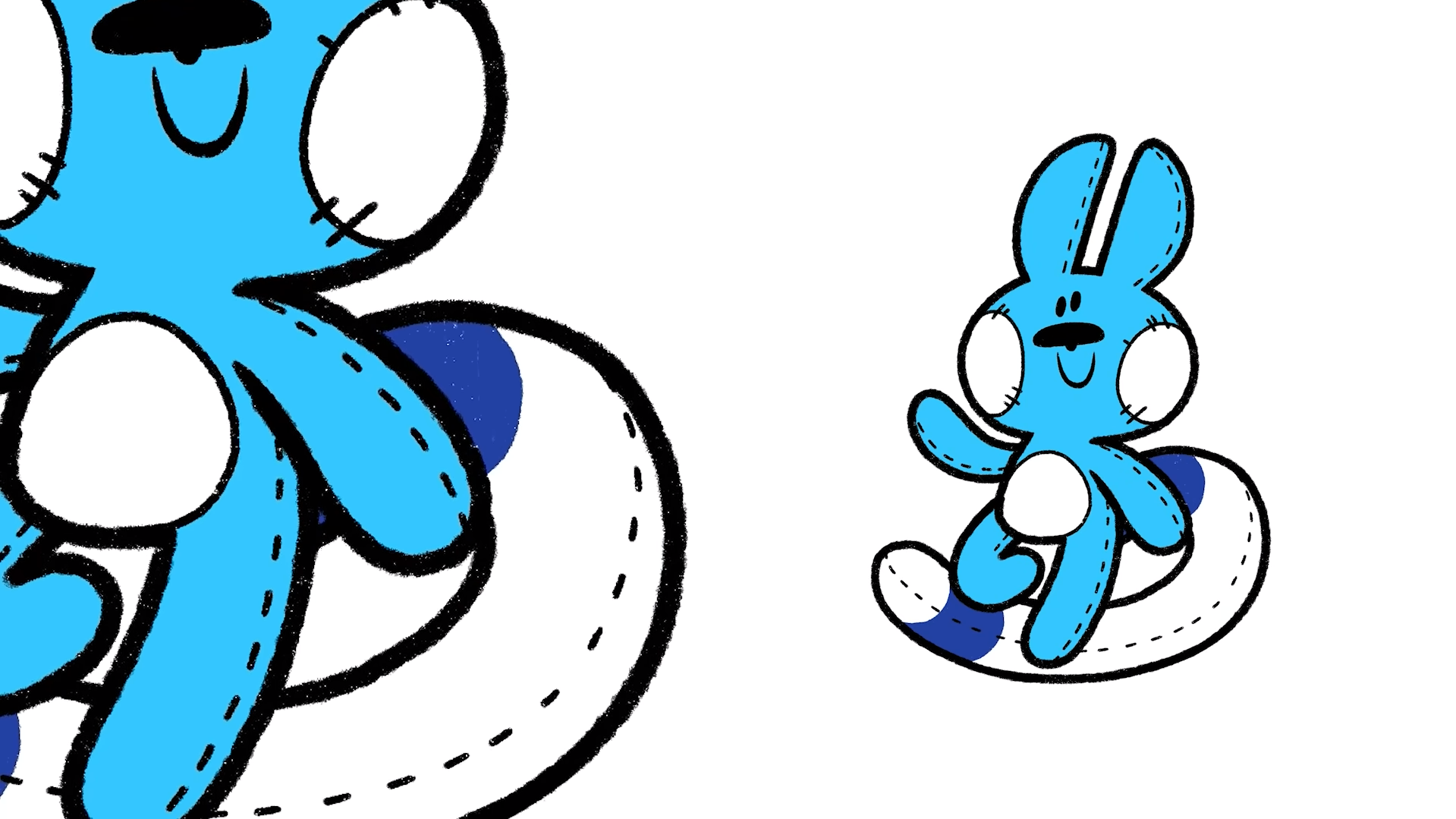
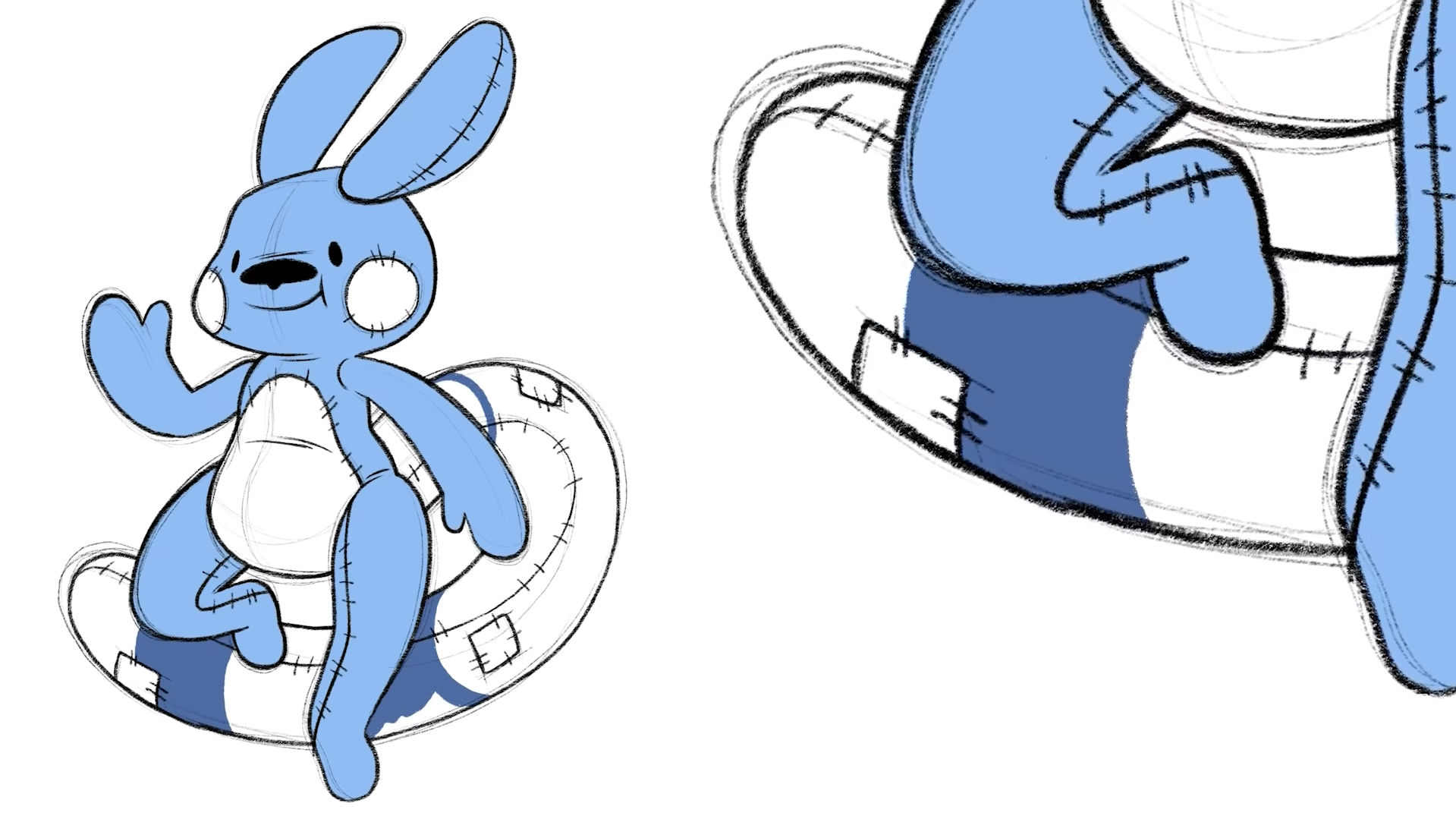
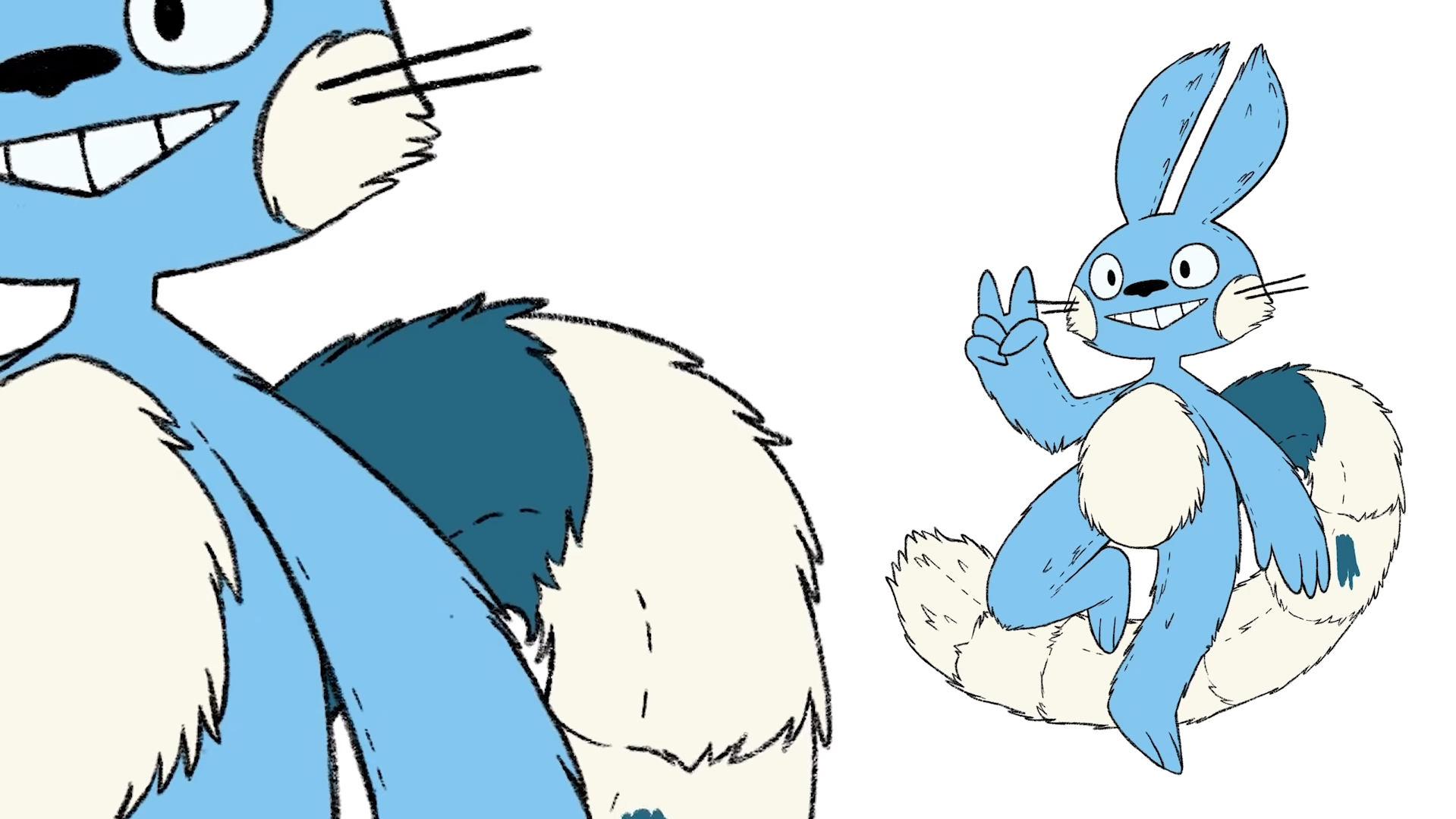
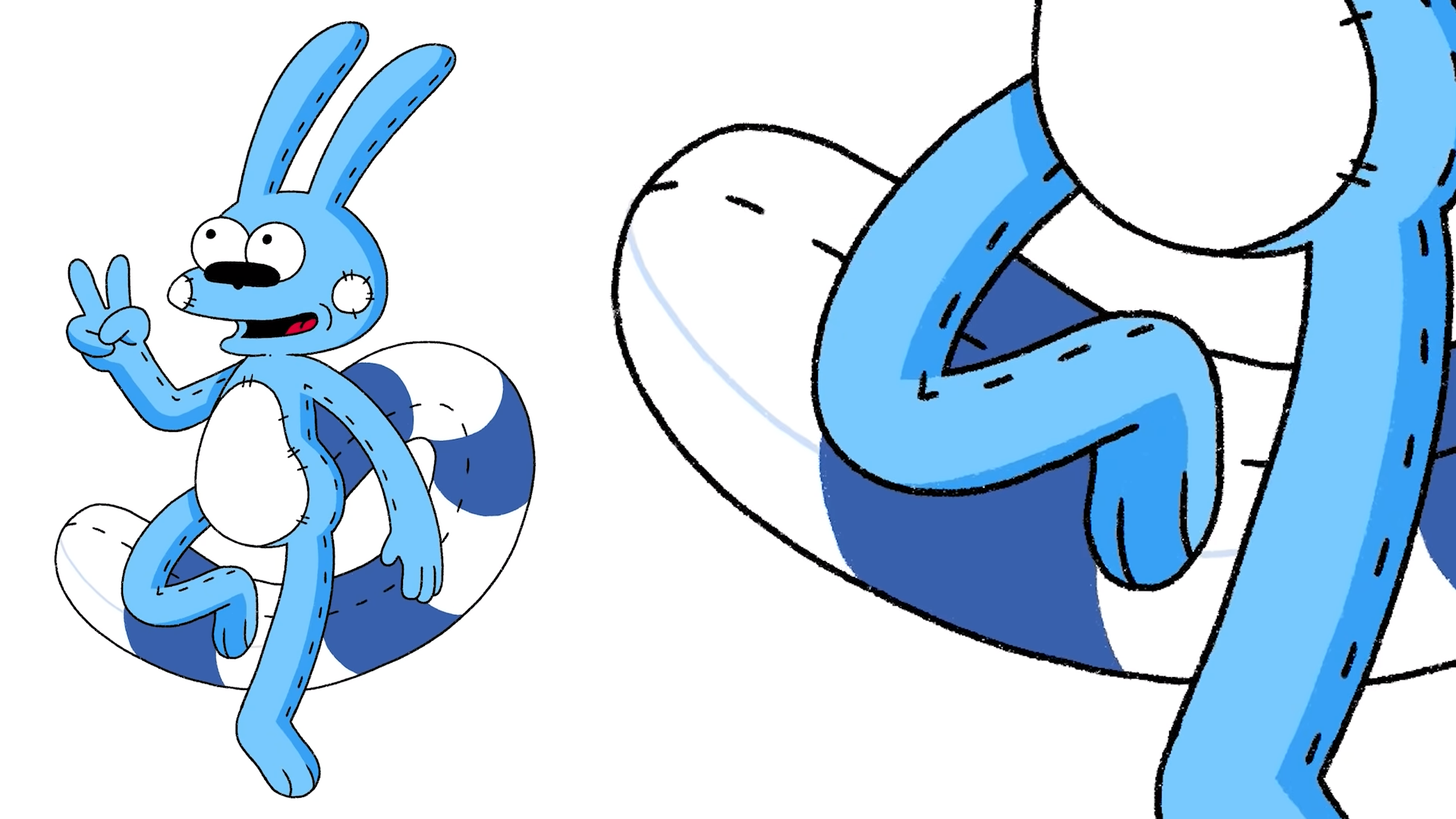
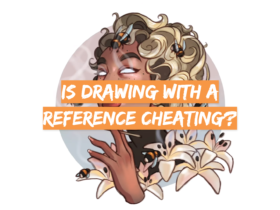
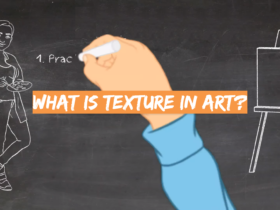
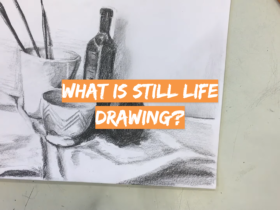
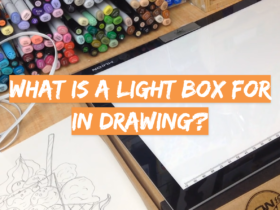
Leave a Review